STEM CELL DONATION
South Africa needs more ethnic diversity in stem cell donor registries
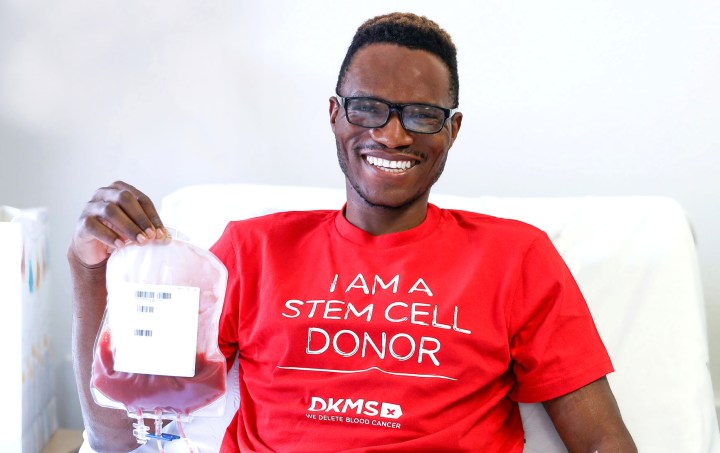
Genetics plays an important role in finding a matching donor. Patients in need of a transplant are most likely to find a match among those from the same ethnic background as them. However, black and coloured people remain severely under-represented in donor registries.
In August of this year, Phindile Mokwebo — a 33-year-old mother of three — was diagnosed with acquired severe aplastic anaemia. This rare, serious blood disorder is caused by a failure of the bone marrow to produce blood cells and can be treated with a stem cell transplant.
When a matching stem cell donor could not be found among Mokwebo’s siblings, an unrelated donor was sought through a bone marrow donor registry. To date, no match has been found.
“It has been a very daunting… experience,” Mokwebo told Maverick Citizen. “When people are getting tested, you have this hope in your heart that maybe they will match, and I’ll get these stem cells and life will go on. Because I constantly feel like my life is at a standstill.”
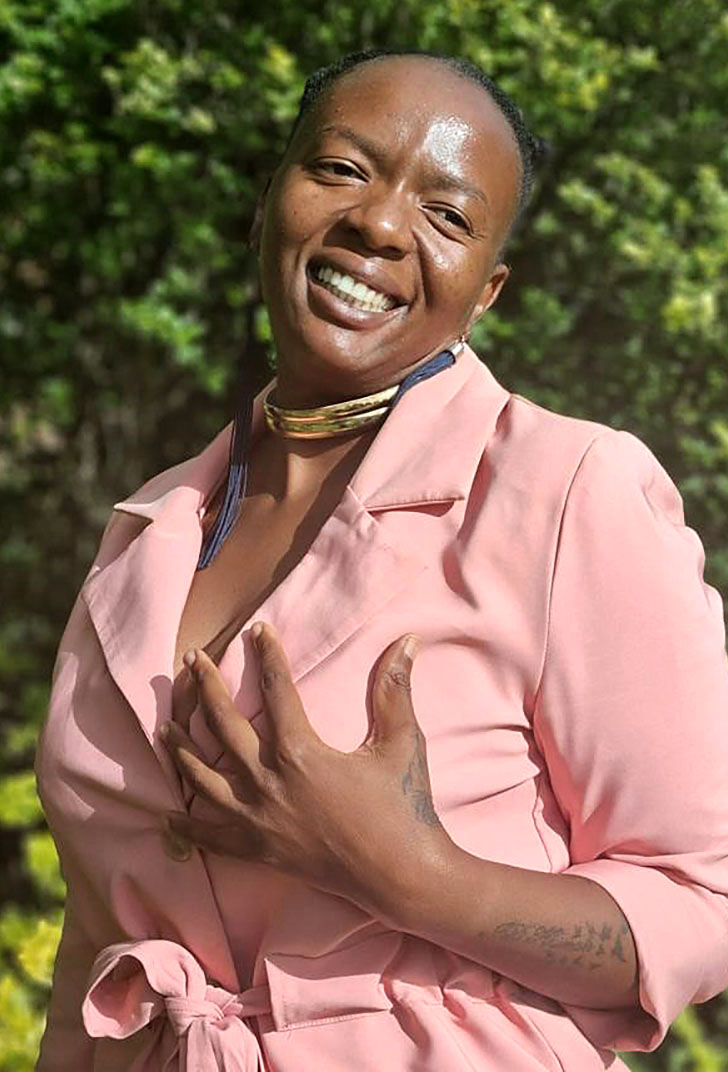
Phindile Mokwebo, a 33-year-old mother of three, was diagnosed with acquired severe aplastic anemia in August 2022. Treatment for this life-threatening illness requires a stem cell transplant. However, Mokwebo has yet to find a matching donor. (Photo: Supplied / Lizwi Ncaluka)
Mokwebo is a teacher of Grade 11 and 12 English, but she has not been able to return to work since her diagnosis. Even leaving the house is a risk to her health.
“I stay at home all the time. The only time I go out is when I have my weekly check-in at the hospital for my blood top-up and my platelets top-up, or when I have to go and see the doctor,” she said.
Mokwebo’s situation is not unique. Currently, patients of African descent have a mere 19% chance of finding a match for a stem cell transplant, according to DKMS Africa.
DKMS Africa is an organisation that recruits stem cell donors. It was established in 2021 as an amalgamation of the German-based NGO, DKMS, and the South African Sunflower Fund.
There are currently 37,811 donors on the DKMS registry. As of March 2022, the donor pool was 75.8% white, 8.4% coloured, 8.7% black, 6.8% Asian/Indian and 0.4% unspecified.
The South African Bone Marrow Registry (SABMR), founded in 1991, has more than 78,000 registered donors. Of these, 67% are white, 7.8% are coloured, 10% are black, 9.9% are Asian/Indian and 5.2% are listed as “other/unknown”.
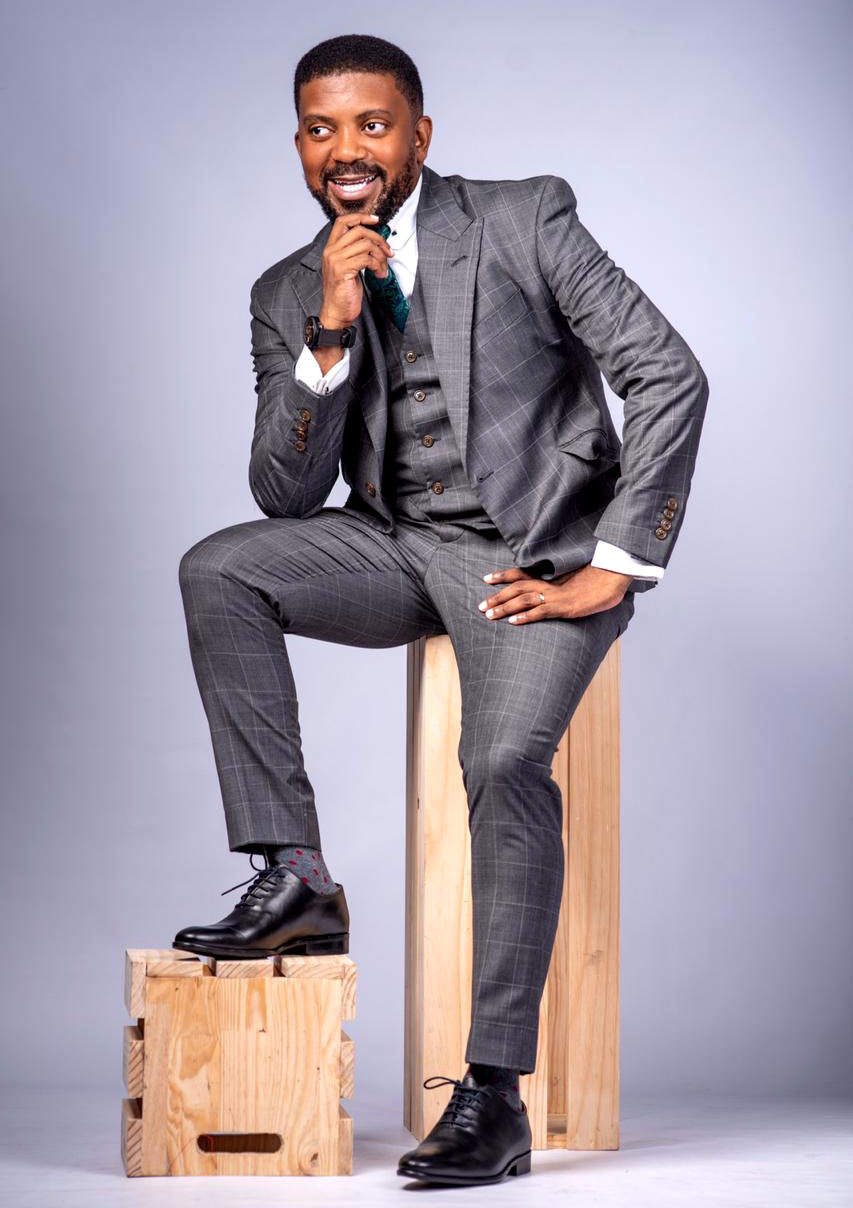
DKMS Africa has partnered with social activist and lawyer, Tumi Sole, in an effort to inspire South Africans to make a positive change by registering to become stem cell donors. (Photo: Supplied / Tumi Sole)
The process of transferring stem cells from a healthy donor to the body of a patient is known as allogeneic stem cell transplantation, according to Prof Alan Davidson, head of the department of haematology/oncology at the Red Cross Children’s Hospital.
This process is used in cases where transplants are required to treat blood cancers, blood disorders or metabolic disorders — conditions that cannot be cured by a patient’s own stem cells.
“Every 72 minutes, someone is diagnosed with blood cancer in South Africa. What that means… is I, you, a friend, a colleague, may well be one of those people,” said Tumi Sole, lawyer, social activist and founder of #CountryDuty. Sole recently partnered with DKMS Africa to raise awareness of the need for greater diversity among local stem cell donors.
“Only 0.04% of South Africans are registered blood stem cell donors. So, there’s a lot of work that we as South Africans need to do,” he said.
There are many factors that can make a person unwilling to donate, including cultural barriers and a lack of understanding of the process behind donation, according to Dr Justin du Toit, bone marrow transplant director at the Wits Donald Gordon Medical Centre.
Donation can be done without putting the donor at physical or financial risk, emphasised Sole. The process usually takes only a few hours at a medical centre.
“There is so much… information-sharing that needs to go on,” said Sole. “I think that is why there’s underrepresentation, there’s myths… there’s not much awareness [of the process].
“Views and misconceptions and myths, those need to be challenged. What that means, in my view, is through young people — people in churches, community leaders — we need to have this conversation… and say, what is it that we can do in these underrepresented communities in relation to blood cell donations and stem cell donors?”
Becoming a donor
Sole told Maverick Citizen that there are no costs involved in registering as a donor with DKMS Africa. Should a donor be confirmed as a match with a patient, the organisation will cover all costs involved in donation, including travel, meals or accommodation expenses.
Similarly, the SABMR covers all costs involved in the process of donating.
Visit Daily Maverick’s home page for more news, analysis and investigations
Registration with both DKMS Africa and SABMR involves the filling out of an application form, and the administration of a buccal swab that will be used to determine a potential donor’s human leukocyte antigen (HLA) characteristics.
HLA are proteins or markers found on most cells in your body, according to DKMS. A person’s immune system uses these markers to recognise which cells belong to the body, and which do not. A match in HLA typing between a stem cell donor and patient provides the best chance of the patient’s body accepting the donated cells.
According to the DKMS Donor Handbook, actual donation involves the following steps:
- A preliminary medical assessment at the hospital that will carry out your donation;
- A daily granulocyte-colony stimulating factor (G-CSF) injection for four consecutive days before the donation. G-CSF is a naturally occurring growth factor that encourages your stem cells to move from your bone marrow to your blood;
- A further single injection of G-CSF on the morning of donation;
- A peripheral stem cell collection procedure, which usually involves blood being removed from a vein in one arm and passed through a machine that collects the blood stem cells, after which the remaining blood components are returned to the body through a vein in the other arm; and
- A short monitoring period after donation to ensure the donor is physically stable.
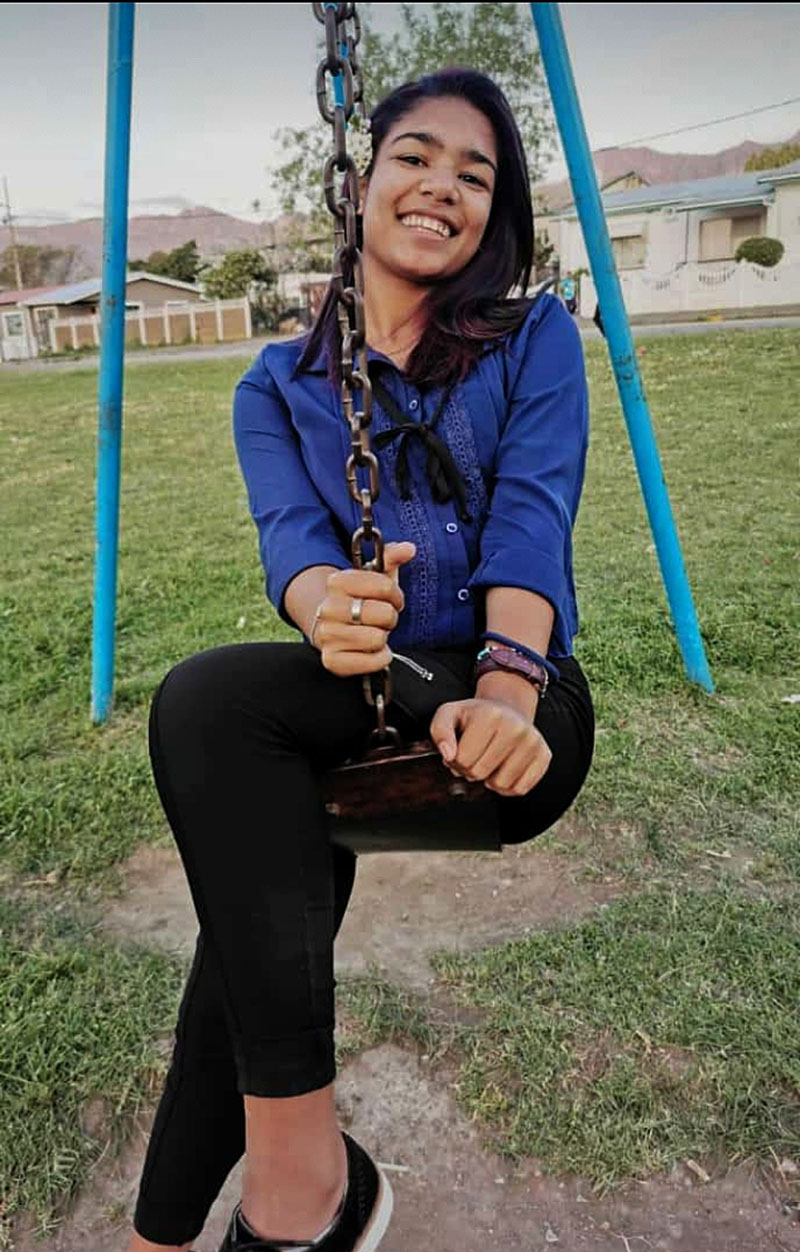
Kim Patton, a 21-year-old sports management student, has donated stem cells twice. (Photo: Supplied / Kim Patton)
Kim Patton, a 21-year-old stem cell donor registered with DKMS Africa, told Maverick Citizen that the process of donating stem cells is not as intensive as some people might assume.
“It doesn’t actually take a lot — it didn’t take a lot out of me to just register and actually donate,” said Patton.
“I was kind of nervous about the whole process… but for me, I just thought I could actually save this person’s life. And I mean, if I were to need [a stem cell transplant] one day, I would also [hope]… there would be kind-hearted people out there who would be able, if they are matched… to save me.”
Finding a donor
The ideal donor for a person requiring an allogeneic stem cell transplant is a sibling, as siblings are most likely to have matching HLA typing, according to Davidson.
“[There is a] one in four chance that a sibling is a match,” he said. “Getting those cells from another person that you don’t know from [bone marrow] registries… the chances of somebody matching are much lower. But then again, there are a lot more people, and it depends on the size of the registry.”
If a sibling is not a match for a patient, the next step involves searching local registries — such as SABMR or DKMS Africa — for a match. However, due to the limited number of black and coloured donors on these registries, black and coloured patients are less likely to find a match than their white counterparts.
“Your probability of finding a match will improve as you increase the number of donors over time. If more people of different ethnicities start becoming donors, the chances of getting a donor is going to become higher,” said Du Toit.
Where a local donor cannot be found, local registries can also be used as an access point for larger international registries, according to Davidson.
“The difficulty, historically, has been the funding side because unlike local donors — where even… state patients accessing a local donor through the registry can do that without cost, so it’s feasible — if we want to bring [umbilical] cord blood from the United States or bone marrow from Germany, historically that attracted a significant cost,” he said.
In recent years, the SABMR has attracted some financial support for the development of a patient assistance programme whereby some international stem cell donors can be accessed for local patients, according to Davidson.
DKMS, meanwhile, funds access to donors for a certain number of cases in which a South African child patient is matched with an international donor.
“There’s gradually more availability of international donors, but from a sustainability point of view, that’s not really what we want to do. What we want to do is to recruit more local donors,” said Davidson.
“Genetically, it’s still more likely to get somebody who’s a match if they live in the next town than if they live on the next continent.”
Another option for someone needing a stem cell transplant is haploidentical transplantation, or a “half-matched transplant”, according to Du Toit. This involves using a family member with half-matched HLA typing as a donor.
“If we get stuck, we should do haploidentical transplants, and it is doable in the public sector,” he said.
Davidson stated that stem cells from a perfect sibling match or a well-matched, unrelated donor remain preferable to those from a haploidentical transplant, as the latter is riskier and has the potential to result in chronic health complications. DM/MC
Those wishing to become a registered stem cell donor can do so through DKMS Africa here or the South African Bone Marrow Registry here.








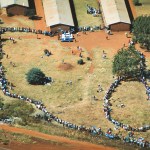











 Become an Insider
Become an Insider
I believe there is an age limit….